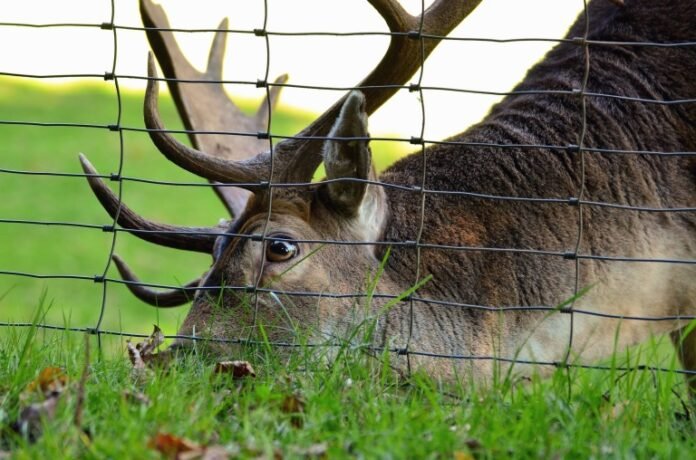Maintaining a lush and thriving garden can be a rewarding experience, but it often comes with challenges, particularly when it comes to deterring wildlife like deer. To safeguard your garden from these graceful yet voracious creatures, installing deer fences would be a wise and proactive measure. In this guide, we’ll explore professional techniques for installing deer fencing to protect your garden effectively.
Understanding Deer Behavior:
Before delving into the installation process, it’s crucial to understand deer behavior to strategically place and construct your fencing. Deer are opportunistic feeders, attracted to tender vegetation and crops. They often follow established paths or “deer trails” when foraging, making these areas prime locations for installing fencing.
Professional Techniques for Installing Deer Fencing:
- Choose the Right Type of Fencing: Selecting the appropriate type of fencing is paramount to its effectiveness. Opt for high-quality materials such as wire mesh or polypropylene deer netting, which are durable and provide a sturdy barrier against deer intrusion.
- Determine the Perimeter: Assess the boundaries of your garden or property to determine where the fencing should be installed. Identify areas frequented by deer, such as entry points or areas adjacent to wooded areas, and prioritize these locations.
- Clear the Area: Before installing the fencing, clear the perimeter of any debris, rocks, or vegetation that could impede the installation process or compromise the integrity of the fence. Ensure that the ground is level and free from obstacles.
- Install Fence Posts: Begin by installing sturdy fence posts along the perimeter at regular intervals, typically 6 to 10 feet apart, depending on the height and design of the fencing. Use a post hole digger to create holes deep enough to accommodate the posts and ensure stability.
- Secure the Fencing Material: Once the posts are in place, attach the fencing material securely to the posts using appropriate fasteners such as staples, clips, or ties. Pull the fencing taut to prevent sagging and ensure a uniform appearance.
- Incorporate Reinforcements: To further strengthen the fencing and deter deer from attempting to breach it, consider adding additional reinforcements such as tension wires or electric fencing. These deterrents provide an extra layer of security and discourage deer from attempting to jump or push through the fence.
- Install Access Gates: If necessary, install access gates at designated entry points to allow for easy passage while maintaining security. Ensure that the gates are securely anchored and equipped with reliable latches or locks to prevent unauthorized entry.
- Conduct Regular Maintenance: To ensure the continued effectiveness of the deer fencing, conduct regular inspections and maintenance checks. Repair any damage or wear promptly, and keep vegetation trimmed to prevent deer from using it as a foothold to access the garden.
Benefits of Professional Deer Fencing Installation:
- Reliable Protection: Professionally installed deer fencing provides reliable protection against deer intrusion, safeguarding your garden and crops from damage.
- Long-term Durability: By employing professional techniques and using high-quality materials, deer fencing is built to withstand the elements and resist wear and tear, ensuring long-term durability and effectiveness.
- Customized Solutions: Professional installation allows for customized solutions tailored to the specific needs and layout of your property, maximizing the effectiveness of the fencing and minimizing potential weak points.
- Peace of Mind: With professionally installed deer fencing in place, you can enjoy peace of mind knowing that your garden is protected from deer and other wildlife, allowing you to focus on nurturing and enjoying your plants and crops.
